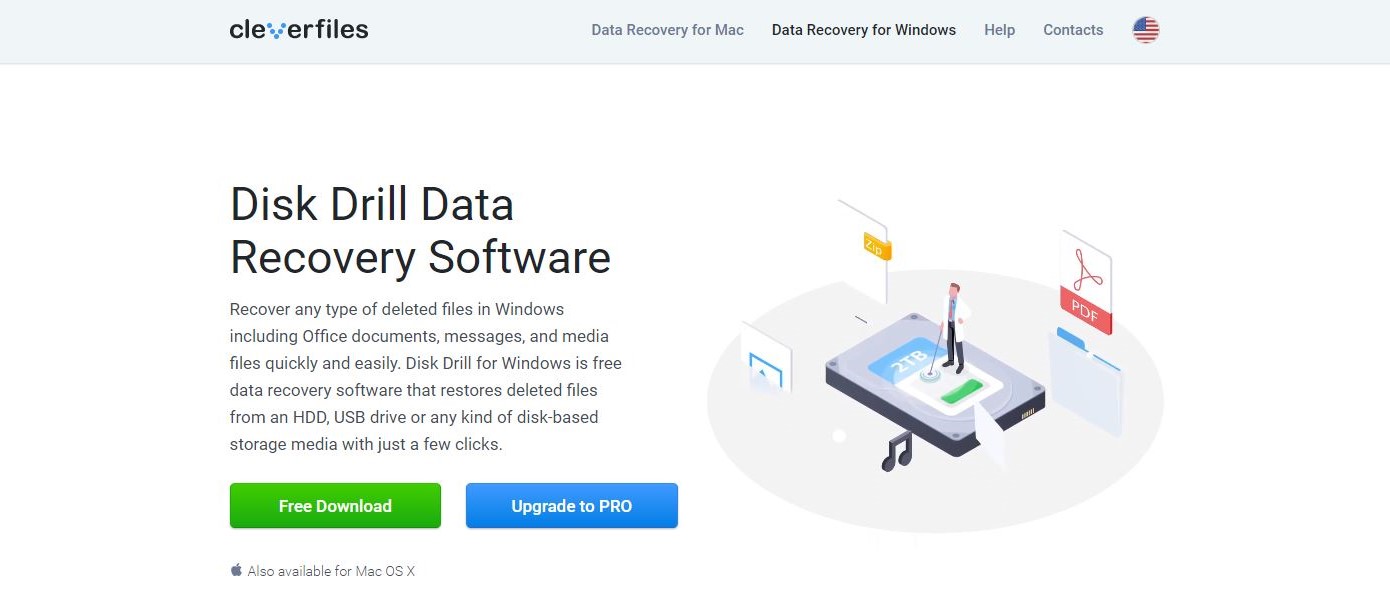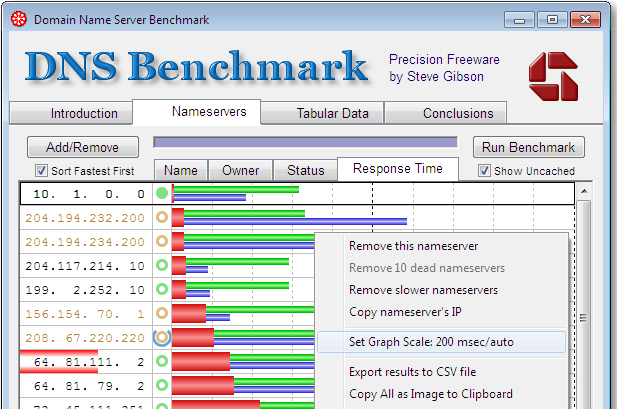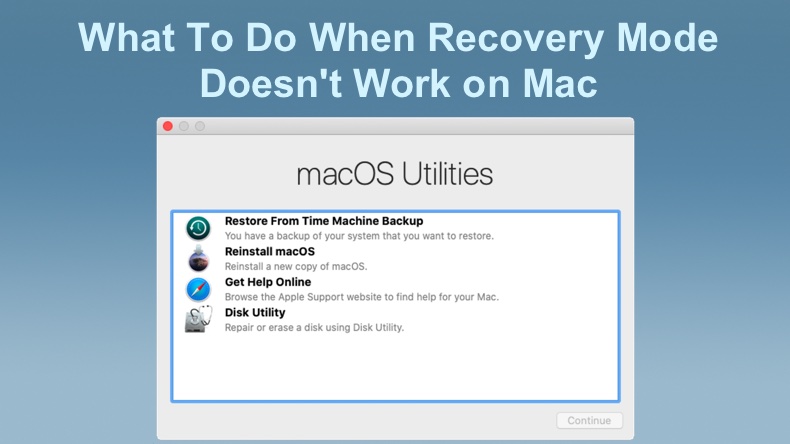

- Dns recovering tool for mac how to#
- Dns recovering tool for mac install#
- Dns recovering tool for mac update#
- Dns recovering tool for mac software#
- Dns recovering tool for mac code#
On the next page, click on the ‘See all cookies and site data option.Next, click on the Cookies and Other Site data.First of all, open Settings on the Chrome browser.
Dns recovering tool for mac how to#
Here’s how to use cookies to view the deleted browsing history. These text files often store details of the website you visit, including the passwords. Using CookiesĬookies are none other than a simple text file stored on your web browser. However, this method works only if you have signed in with the Google Account while browsing the internet. That’s it you are done! This is how you can recover deleted browsing history. Now click on the ‘Search, and it will show you all the search queries.

Skip it, and you will now see the screen like below. Now open the page, and it will show you a short tutorial on how to use it. You need to head over to the Google My Activity Page in the next step. First of all, open your Google Chrome browser and then sign in with the Google Account you mostly used. Like it can show you the videos which you have previously watched, queries which you had previously searched for, devices on which the google account had been accessed, and much more. You can use this page to track various activities you perform on Google Search. Well, Google’s My Activity page could help you in different ways. But, once you restart or shut down your PC, all this saved DNS cache will be lost. That’s it! This is by far the easiest way to find your deleted browsing history. This list shows all your browsing history, including Chrome, Opera, Internet Explorer, etc. Now you will get to see all your recently visited websites.
Dns recovering tool for mac code#
Now you need to type in the following code in Command Prompt and hit the enter button For that, press Windows+R and then type CMD. You need to connect your computer to the internet and make sure you didn’t shut down or restart your system to recover lost internet history. This method uses the DNS Cache to recover the deleted Chrome browsing history. With this, you can easily get back your deleted history. Now click on the File > Save selected items to save your browsing history. You can also filter the selected files to analyze better each web page browsed. When a search is complete, click on OK, and you can analyze all your history in this tool.

Now click on the search button there, and the tool will start searching all your history files by looking up for the Index.bat file on your computer.

Dns recovering tool for mac software#
After installing it, launch the software on your PC, and you will see the screen like below.
Dns recovering tool for mac install#
First of all, download and install the tool Systenance Index.dat on your computer. Index.dat files are the hidden files that contain all tracks of your online activity for those who don’t know. You have successfully edited your Hosts File and can now begin loading your test site from your testing IP address rather than your live server.An Index.dat analyzer is a free tool that shows you the contents of the index.dat file.
Dns recovering tool for mac update#
Finally, to update our browsers DNS records and make these changes go live in your browser, enter the following command: sudo killall -HUP mDNSResponder Conclusion Now, press Control+X to exit the nano editor.ġ0. Next, press Control+O to overwrite the existing file, then press Enter to confirm the overwriting. (In the example below, we used the IP address 123.123.123.123 and the domain name )Ĩ. On a new line, enter the testing server's IP address and the domain name you want to use for that IP address. Next, use the arrow keys to move the cursor to the bottom of the file. Then, enter the sudo password for your user to allow edit access to the file.ħ. Now, enter the following command: sudo nano /etc/hostsĦ. Double-click Terminal to launch the Terminal window.ĥ. To edit the file, follow the steps below.ġ. We've included step-by-step instructions for locating the Hosts file, but you can also watch this video:īut where is the Hosts file on our Mac located, and how do we edit it? The Hosts file on a Mac is found in the /etc/hosts folder. This allows us to test functionality without modifying the DNS for our production site. As long as that information is contained in your Hosts File, your browser will redirect the request to display the site on the specified IP address. To make your computer display your test website rather than the live site, you must add the test site's IP address, along with the domain name, to the Hosts File. While most users will never need to alter their Hosts File, a web developer or user may need to modify the file to view a new site that is still under development. The Hosts File is an essential tool to change how your computer views a particular website.


 0 kommentar(er)
0 kommentar(er)
